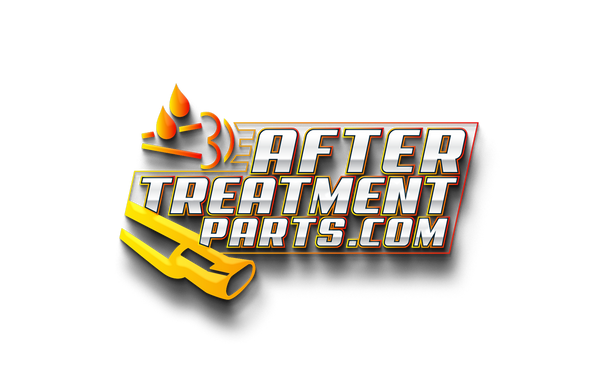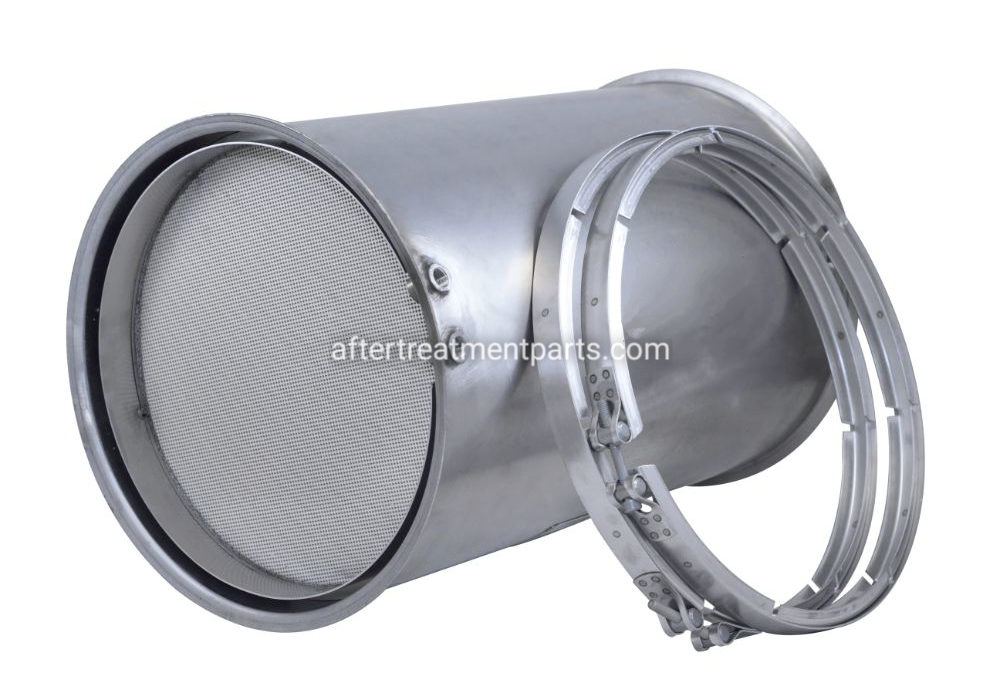Understanding SCR NOX Conversion in Diesel Engines
Introduction
In the complex world of emissions control and vehicle maintenance, "SCR NOX conversion" is a critical factor in reducing harmful emissions from diesel engines. This blog post aims to demystify the causes of low SCR NOX conversion, explaining its calculation and common misdiagnoses.
What is SCR NOX Conversion?
Selective Catalytic Reduction (SCR) is a key technology in modern diesel engines, aimed at reducing nitrogen oxide (NOX) emissions. This process involves:
- Injection of Diesel Exhaust Fluid (DEF): DEF, usually a mixture of urea and deionized water, is injected into the exhaust stream.
- Chemical Reaction: The interaction between exhaust gases containing NOX and DEF results in NOX being converted into harmless nitrogen and water vapor.
SCR NOX conversion measures the efficiency of this process, calculated by the Engine Control Module (ECM) via inlet and outlet NOX sensor readings. High conversion rates signify effective emission reduction, while low rates indicate issues needing attention.
Potential Causes of Low SCR NOX Conversion
1. Failed DEF Injection Valve
- Malfunctioning valves can lead to insufficient DEF, impacting SCR efficiency.
2. Broken or Pinched DEF Lines
- Damaged DEF lines disrupt DEF flow, affecting NOX reduction.
3. Obstructed DEF Lines
- Blockages in DEF lines prevent proper DEF distribution, lowering conversion rates.
4. Frozen DEF Lines
- In colder climates, frozen DEF lines can hinder DEF injection.
5. NOX Sensor Drift or Failure
- Inaccurate sensor readings can lead to incorrect SCR system adjustments.
6. Cracked or Leaking Exhaust Piping
- Damaged exhaust systems can cause untreated gases to bypass the SCR catalyst or draw in external air, skewing sensor readings.
7. Failed SCR Catalysts
- SCR catalyst failure significantly reduces conversion rates.
8. Improper DEF Quality
- Low-quality or contaminated DEF hampers the necessary chemical reaction for NOX reduction.
The Challenge of Misdiagnosis
Technicians often face difficulties in accurately diagnosing low SCR NOX conversion. Misdiagnosis typically occurs due to:
- Lack of Understanding: Misinterpretation of how the ECM calculates the fault code.
- Sensor and Component Failures: Issues like sensor drift or component failure can result in false low conversion readings.
Technicians must thoroughly diagnose the root cause instead of just clearing fault codes.
Conclusion
Proper understanding and diagnosis of SCR NOX conversion are vital for efficient diesel engine operation and emission control. Awareness of potential causes and ECM diagnostic processes enables technicians to address issues more effectively, reducing environmental impact.

